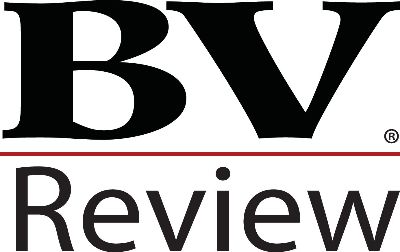Adjusting Tech Company Financial Statements When Applying the Value Driver Formula
This article follows the authors' article in Business Valuation Review (November 2020) that explored typical errors when capitalizing cash flows in the terminal period of the Discounted Cash Flow Method. Since investments related to intangible assets are often expensed immediately through the income statement under generally accepted accounting principles, the article demonstrated that without significant adjustment, the value driver formula would likely overstate the net reinvestment into fixed assets and working capital when calculating the terminal value and understate the value of the company. This article provides examples of the types of adjustments necessary to calculate an economically internally consistent terminal value when applying the value driver formula to a subject company that derives significant value from intangible assets. This article also provides an example analysis using a real-world transaction to illustrate the necessary adjustments to expensed investments (e.g., research and development) when applying the value driver formula to Oracle's acquisition of NetSuite.

The Relationship Among Reinvestment Rate, Return on Invested Capital, and Perpetuity Growth Rate
Contributor Notes
Joseph Thompson, ASA, CFA, is a Principal at The Griffing Group and is an adjunct professor of finance at DePaul University.
David Neuzil, ASA, CFA, is a Manager at The Griffing Group.

